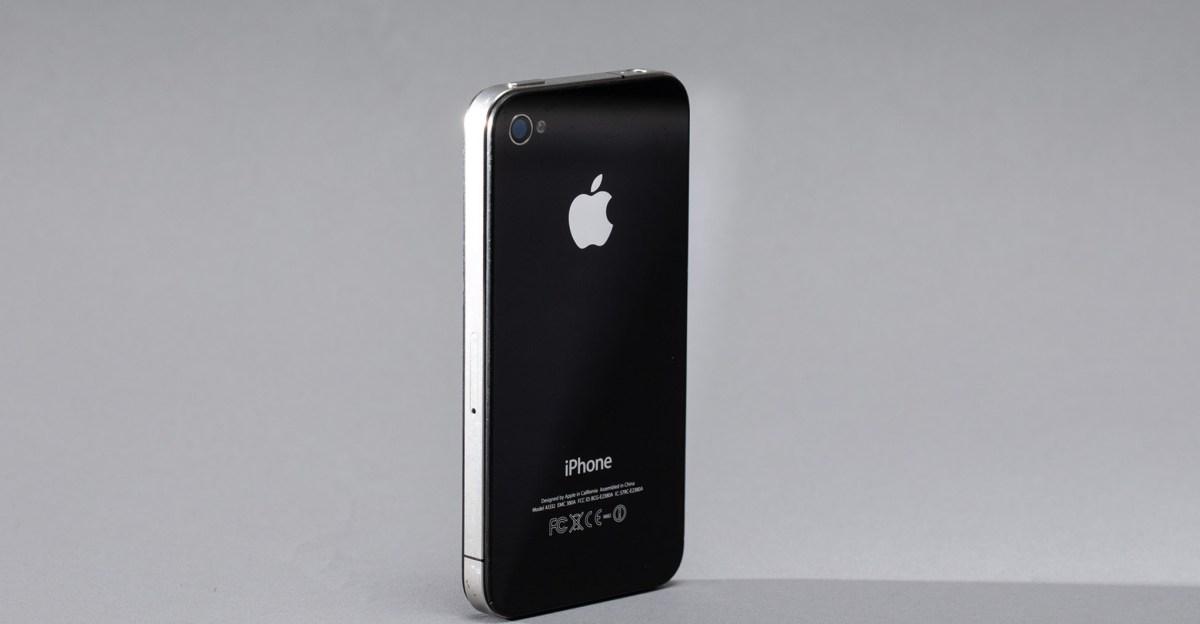- Home
- Technology
- News
Brain implant, thinner than human hair, enables social media use with mind
Thinner than a single human hair, the tiny brain implant lets people browse social media with mind

New York: Scientists have developed a minuscule brain implant— smaller than the size of human hair— which will allow humans to control computers with their mind.
This highly experimental chip is developed by Precision Neuroscience and is installed through cutting a thin slit in the human skull rather than in the tissue. The brain implant is removable, so one could either get rid of it or get a newer version further down the line.
The main purpose of this invention is to allow people who suffer from disabilities the opportunity to use computers to communicate.
This chip has been specially designed to provide people with paralysis, who are unable to use their limbs, to communicate with a computer. But it could also be used by healthy people to access social media solely through their thoughts.
The brain implant itself is called a Layer 7 Cortical Interface, a name derived from the fact that the cerebral cortex is comprised of six cellular layers, and this technology will act as an additional layer.
This groundbreaking technology makes it possible for individuals to control digital devices simply by using their neural signals, enabling them to move a cursor across a screen or type without the need for a keyboard.
The company is seeking approval to begin human testing within months.
In the meantime, a second human trial for a brain implant that treats depression is already underway and works by sending small electrical pulses into the brain— a technique similar to treating Parkinson's and epilepsy.

The looming showdown over IVF, explained
- 4 گھنٹے قبل
Browns LB Bush found not guilty in assault trial
- 18 گھنٹے قبل

The PS5, PlayStation Portal, and Sony’s DualSense are still on sale for a limited time
- 6 گھنٹے قبل

Mayor emphasises importance of waste-to-energy projects for Karachi
- 13 گھنٹے قبل
25% Decline in foreign investment in Pakistan:State bank report
- 15 گھنٹے قبل

Trump is recruiting Big Tech workers for the government
- 6 گھنٹے قبل

Bungie’s delayed shooter Marathon launches in March
- 6 گھنٹے قبل

We’re passing a dangerous global warming threshold — but we’re not doomed
- 4 گھنٹے قبل

Who is Picea Robotics, Roomba’s new owner?
- 6 گھنٹے قبل

The mass shooting on Australia’s Bondi Beach, briefly explained
- 4 گھنٹے قبل

The unexpected link between your diet and your anxiety
- 4 گھنٹے قبل

LG enters the RGB LED fray in 2026 with the Micro RGB evo TV
- 6 گھنٹے قبل






